In the previous post, I showed plots of data derived from a series of Sony a7S images of the back of a lens cap at various ISO settings. Now I’d like to show some of the filtered images themselves. Since there are 540 images represented in the plots (10 ISOs, 18 kernel sizes, and 3 kernel shapes), I’ll have to be selective. All the images you’ll see in this post have been scaled into the range [0,1], have had a gamma curve of 2.2 applied (imageGamma = imageLinear^0.45), been res’d down to 640×480, and JPEG’d.
First, the ISO 100 unfiltered image:
What looked pretty awful on the graph doesn’t look bad at all in the flesh.
Here is the ISO 100 image with an 11×1, 1×11, and 11×11 averaging kernel applied:
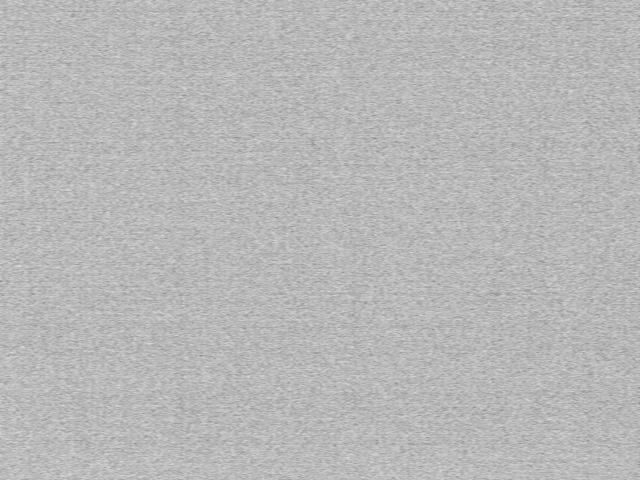
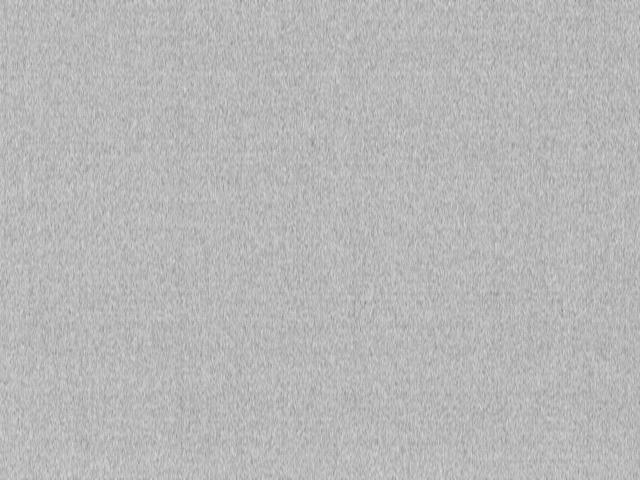
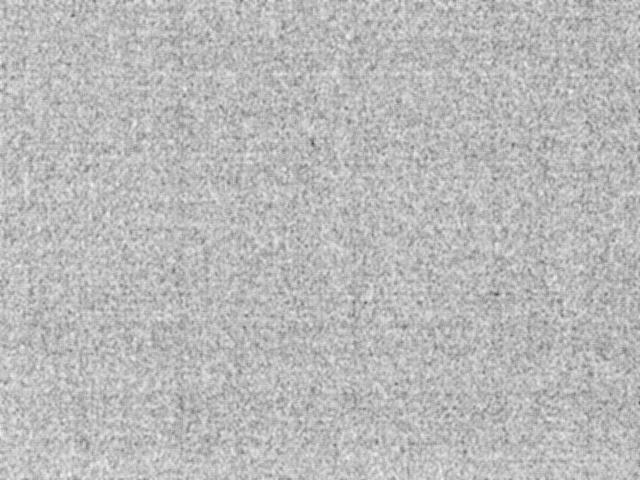
Both horizontal and vertical low-frequency variations are visible.
Let’s make the kernel bigger and see what we can see:
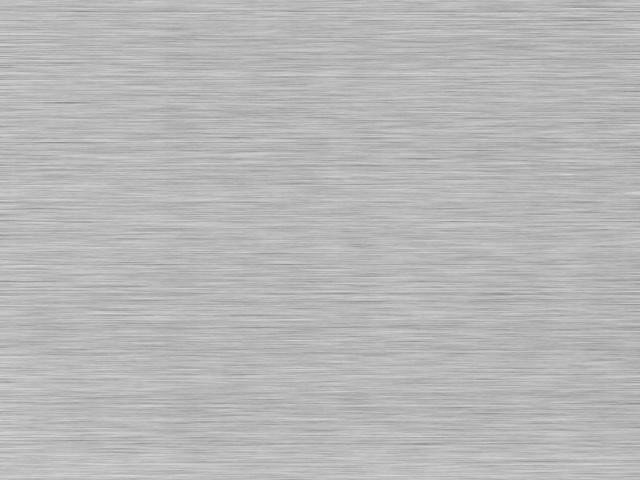
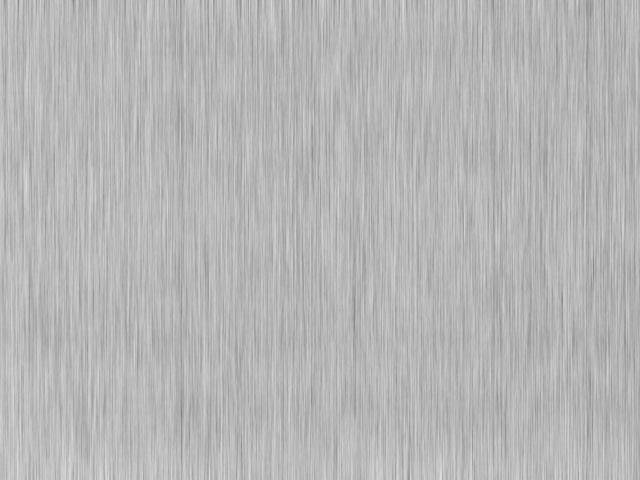
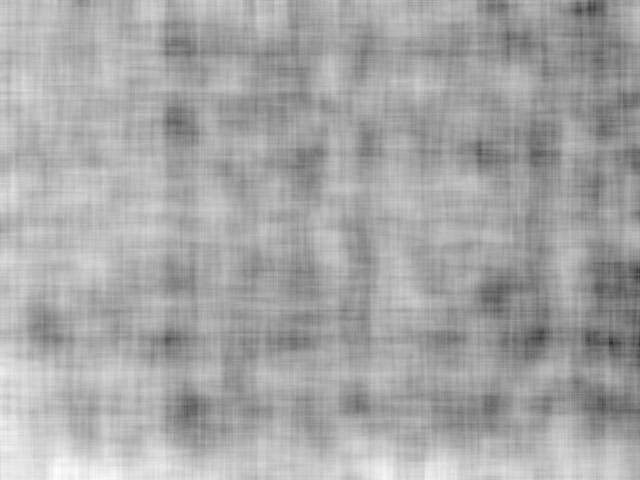
Now let’s look with a really big set of kernels, like those that produced the rise in standard deviations shown in the previous post.

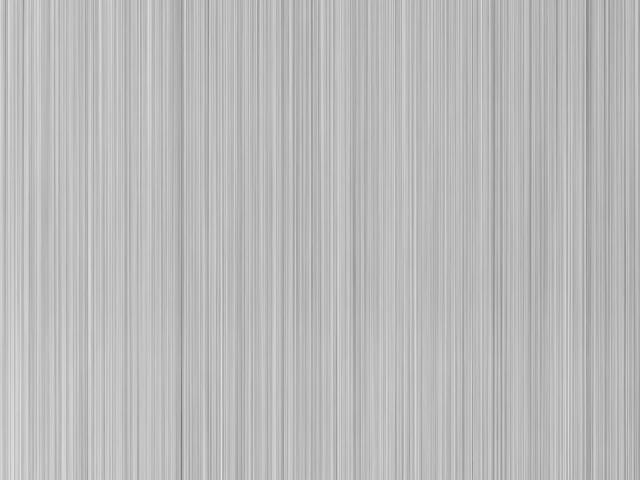
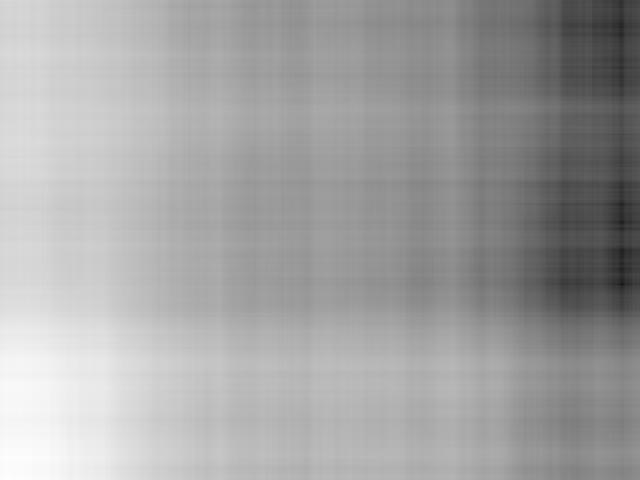
It’s unusual in modern Sony sensor designs that the vertically-oriented read noise features are visibly more objectionable than the horizontal ones, but we see it here.

Leave a Reply